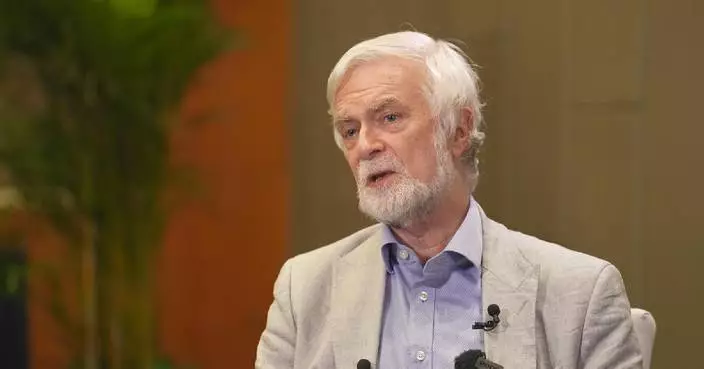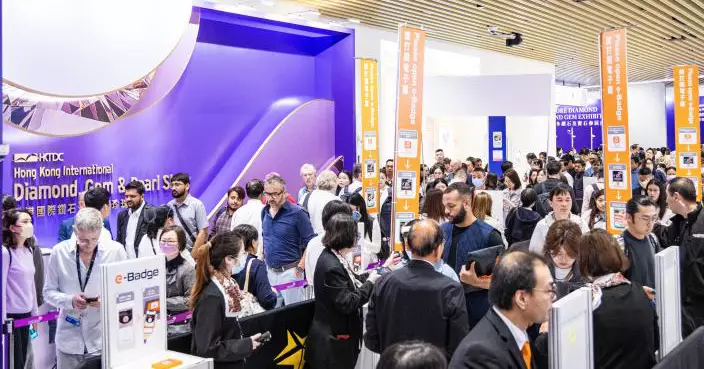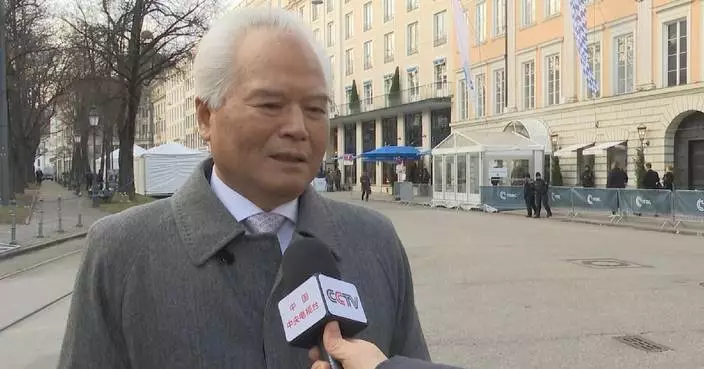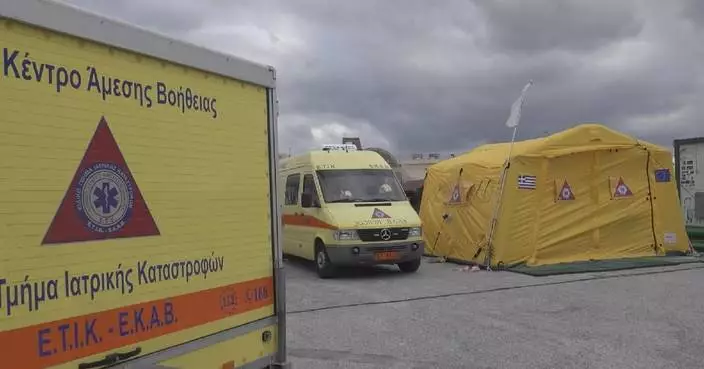Ukrainian President Volodymyr Zelensky on Wednesday presented to parliament his "victory plan," outlining Ukraine's strategy in the ongoing conflict with Russia.
"If we begin implementing this Victory Plan now, we could end the war no later than the next year," Zelensky was quoted by the Interfax-Ukraine news agency as saying.
Zelensky said the five-point plan covers geopolitical, military, economic and security goals, emphasizing that inviting Ukraine to join the North Atlantic Treaty Organization (NATO) in the "near future" is its key element.
Other proposals include lifting the current restrictions hindering Ukraine from using long-range Western weapons on targets inside Russia and placing a comprehensive non-nuclear strategic deterrence package in Ukraine, Zelensky said.
He also said the document envisages that Ukraine will jointly protect, use and invest in its critical resources with partners.
Besides, Kiev stands ready to replace U.S. military contingents in Europe with Ukrainian units after the end of the conflict, according to the plan, which also contains three classified annexes.
After presenting the "Victory Plan" to the parliament, the Ukrainian president is going to submit it to the European Council on Thursday.
On Wednesday, Russian Foreign Ministry spokeswoman Maria Zakharova refuted Zelensky's "Victory Plan" by saying it could push NATO toward a direct conflict with Russia, which would only bring disaster to the Ukrainian people.
Kremlin Spokesman Dmitry Peskov said on the same day that the new proposal is likely just the same American plan to fight until the last Ukrainian, which Zelensky has now disguised as a "peace plan."
Mark Rutte, Secretary General of NATO, said in an interview that the organization will conduct further discussions on the content mentioned in Zelensky's "Victory Plan".
He affirmed that NATO will continue supporting Ukraine and keep providing military equipment for it. However, he also noted these actions do not mean that NATO supports all the content in the "Victory Plan", as further information and discussions on it are required.
Previously, NATO repeatedly said it would accept Ukraine as a member, but hasn't given an exact timetable yet.

Zelensky unveils Ukraine's "victory plan"























































